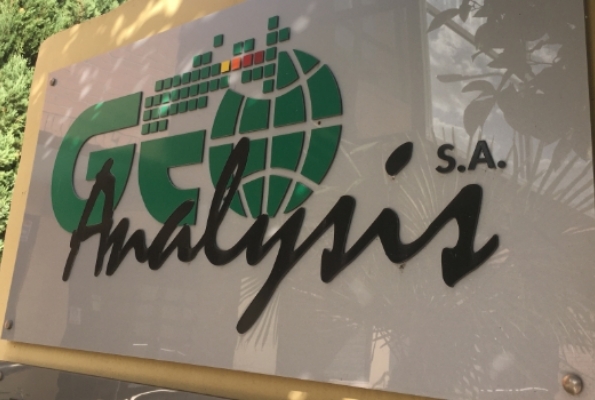
Home » Research & development » Document Management
Research – National Programmes – PAVE 99 ΒΕ 2
Creation of a computer-aided system for the management of documents and a simultaneous network management, in the frame of the Hellenic Cadastre
PAVE 99 BE 2 is a research project co-funded by the General Secretariat for Research and Technology, Hellenic Ministry of Development in the frame of the Programme for Industrial Research Development.
Project Code: PAVE 99 ΒΕ 2
Start date: 01-Jan-2000
Duration: 20 months
Object of research
The object of the research is to develop application software, and to create and install a pilot system, which will be used in the course of carrying out cadastral surveys. This system will include the digital conversion, the electronic filing, and the management of all deeds and documents, which are collected at the stage of “collecting declarations of ownership”. The result of this application software will be the electronic processing of documents as a whole and, generally, the full electronic data processing (filing, information retrieval, processing, updating), a huge amount of information in its primary form.
The application also provides for the networking of the cadastral offices, in order to allow the local offices to have full access to the central database and transfer all sorts of information through the network.
Background
As it is known, in order to carry out a cadastral survey, as limited as it may be, the contracting design offices should be extremely well organized and have an excellent co-operation with both the local authorities and the supervisor, KT. S.A.
A typical survey assigned by KT. S.A. concerns at least 3,500 owners, including 15,000 titles. However, there are surveys assigned that concern 12,000 up to 15,000 owners having up to 100,000 titles (GeoAnalysis S.A. has already undertaken similar surveys). It should also be noted that for each title a declaration of ownership is made and a contract consisting of 15 A4 pages on average is attached.
Therefore, it is obvious that one can very easily get “lost” in this pile of documents and data, and these data can be destroyed even more easily (because of a fire, an accident during the transfer of documents etc.), thus causing incalculable damages, because these documents are unique and one must spend a lot of money and time in order to collect them again (the process of collecting declarations of ownership lasts at least 6 months, per survey).
Furthermore, so far, the contracting design offices need to have a daily access to all these written pieces of information at the processing stage. This means that they should create and keep file cabinets within the processing area of the design offices, which is highly-cost, leading to technical problems during the information management under these circumstances. Typically, it is mentioned that, for an average cadastral survey which includes 100,000 titles, the creation of 18-20 file cabinets measuring 1.5X2.2 metres is required. If a survey group has undertaken 3 cadastral surveys from all the packages that have been announced so far and expects to participate in the following calls for tender, it will have to face the serious problem of managing a huge pile of information and losing precious time, which will have an impact on the quality of the cadastral surveys undertaken.
Scientific aims
The aim is to create an “active database management system”, which may be accessible at any time, by the contracting design offices and the central service itself (KT. S.A.), as well as by the committees responsible for the hearing of objections and the local cadastral offices which will serve and assist the people concerned at all stages; i.e. during the collection of declarations and objections, and during the hearing of objections and appeals by the first instance committees and the committees of appeals, respectively.
The aim of this application is to create a historic documents file in an electronic form, to have access to thousands of documents in the least time possible, to allow multiple users to have simultaneous access to common documents, to transfer piles of documents to different locations through the network or by means of electronic storage, to store data in multiple CD copies and insure them from thefts, casualties etc.
Thus, it will be possible to keep the original documents in their collection site (one can also recycle title deeds after processing, if these are stored in the computers and in the land registries), to minimize the piles of paper, to process them rapidly and in the mean time to minimize mistakes which are made when there is a simultaneous data processing per owner and not on the basis of a real estate; the latter may include various owners who usually declare this real estate separately.




